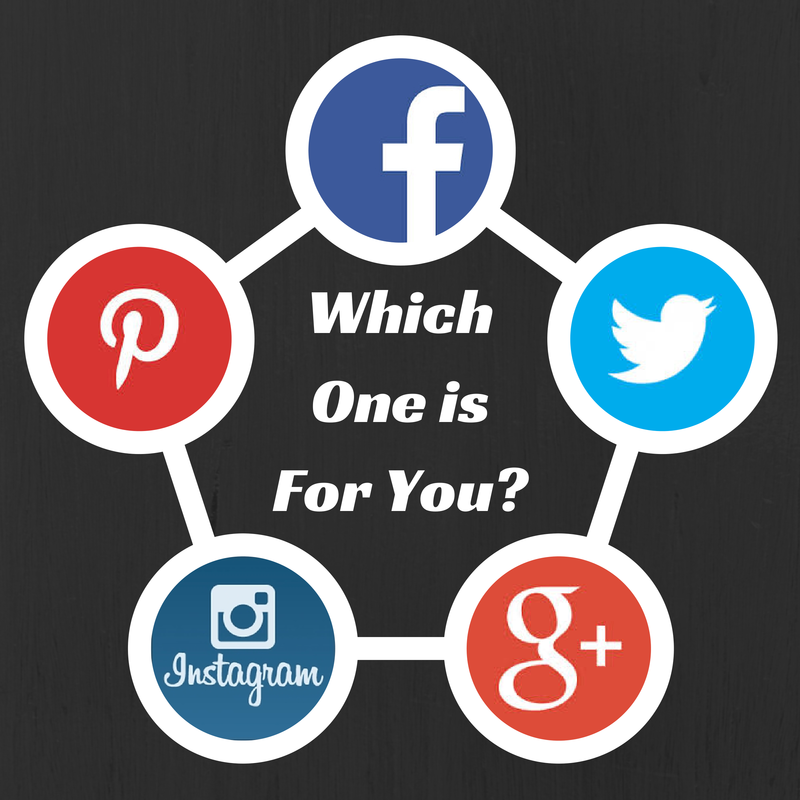
Marketing online might conjure up images of building a presence across multiple platforms. With everyone and their neighbour getting online, there is a lot of emphasis on finding a way to stand out in the crowd. But, this shouldn’t be the sole factor in motivating a brand to build its presence on every imaginable social media platform. A digital presence for the sake of it comes across to the recipients of the branding information on these platforms, as being a product of disinterested effort on part of the brand itself. This might wind up being counter-productive to the brand image.
So how do you decide what social media platform works best for your brand? Here’s a bit of an insight into some of the factors that will help you assess that.
How I met my Customer
The use of social media shouldn’t just be about making a statement or building a presence, but should be about turning all that online activity into offline tangibles. The foremost point to remember is the demographic your brand talks to – for instance, a brand that looks at building rapport with middle school students won’t do well to chat up on Linked In, which typically works for a working population. Remember who your end customer is, and who you want to include in that fold. Build your presence on the most appropriate social media platform.
C.O.M.P.E.T.I.T.I.O.N
When it comes to social media, your competition is actually a good guide map. Take a moment to see what spaces your competitors are occupying in building that rapport with their client base. Figure out why they chose that – and how you can up your ante on the same platform with a redefined and streamlined approach. What helps, in most instances, is to keep your ear to the ground and catch the trends in social media brand leveraging, to figure out what the best way to do it is.
Breaking Even
While social media is indeed free to use, it also comes with a limitation – in that free social media allows you the bandwidth of a limited audience. This is where advertising and pay-per-click or boosting posts come into play. Does your brand have the monetary bandwidth to afford a few extra bucks? Are they able, willing and inclined to give it a shot? This can guide your decision in going with an appropriate forum, as well.
Whose Brand is it Anyway?
There is a sense of logic in approaching brand marketing transitions from offline media to online media, and within online media channels, too. A brand that has built itself offline might be able to migrate some of that goodwill online – but the key is to tap into the demographic online, that may be able to access and engage with the brand on the same level. In a day and age where the digital age of a user differs from their real age, the challenge is to sustain interest on a social media platform.
The Office
One of the prerequisites in deciding on the number of social media platforms your brand gets onto is to figure out the number of staff available to dedicate time and effort to the maintenance of these platforms. Spreading yourself too thin across multiple social media platforms doesn’t do you any good – what winds up happening is repetitive communication, or unclear communication that doesn’t suit the platform that’s being used.
Image courtesy – blog.storeya.com








